Affiliate links on Android Authority may earn us a commission. Learn more.
Who is the next OnePlus?
June 6, 2020

In just seven years, OnePlus has fully transitioned from a niche OPPO offshoot with an oblique sales strategy and occasionally questionable marketing into a legitimate top-tier player in the global smartphone arena.
OnePlus is now a household name among even casual tech fans and its affordable flagships have resonated with buyers in the most lucrative yet wildly differing markets, including the US, China, and India.
However, OnePlus in 2020 is a completely different beast from the OnePlus of two years or even 12 months ago. The OnePlus 8 Pro fully realized a trend that started with the OnePlus 7 Pro — a premium flagship from the Shenzhen firm that refused to compromise in any department, be it features, specs, or, most crucially, price.
Read more: How the price of OnePlus phones changed over the years
Starting at $899, the OnePlus 8 Pro is still a reasonable proposition relative to its $1,000+ rivals, but a far cry from the $549 OnePlus 6T that launched less than 18 months ago. Even the $150 jump to the vanilla OnePlus 8 is a big leap for those looking for a bargain.
With OnePlus switching strategy, is there another brand that could take its place as the affordable flagship maker and the “cool” cult OEM of choice?
Could there be a new OnePlus? Let’s take a look at some of the possible candidates.
Xiaomi

At a glance, Xiaomi appears to be the most obvious OnePlus replacement. Its core Mi series has emerged as a bonafide flagship series that deftly balances price, design, and specs.
Well, that was true until the Xiaomi Mi 10 series at least. The Mi 8 and Mi 9 may have been outright bargains based on the hardware on offer, but the Mi 10 and Mi 10 Pro tipped the balance towards the premium sector and have actually outpriced the OnePlus 8 series in most regions.
Related: Xiaomi is climbing the price ladder with the Mi 10 in India — here’s why
Despite continuing to make noise about a potential push into the US market, Xiaomi ultimately appears content to build on its staggering success in emergent markets and Europe as it looks to surpass a HUAWEI that is currently licking its wounds, and eventually even take a shot at Apple and Samsung. OnePlus is small fry by comparison.
Meanwhile, Xiaomi’s broad, hugely popular ecosystem of fitness, smart home, and general lifestyle products (not to mention all the really weird stuff) stretches well beyond OnePlus’ tentative pushes into other categories.
While its smartphones are comparable to OnePlus, Xiaomi is hunting for much bigger bounties.
Poco
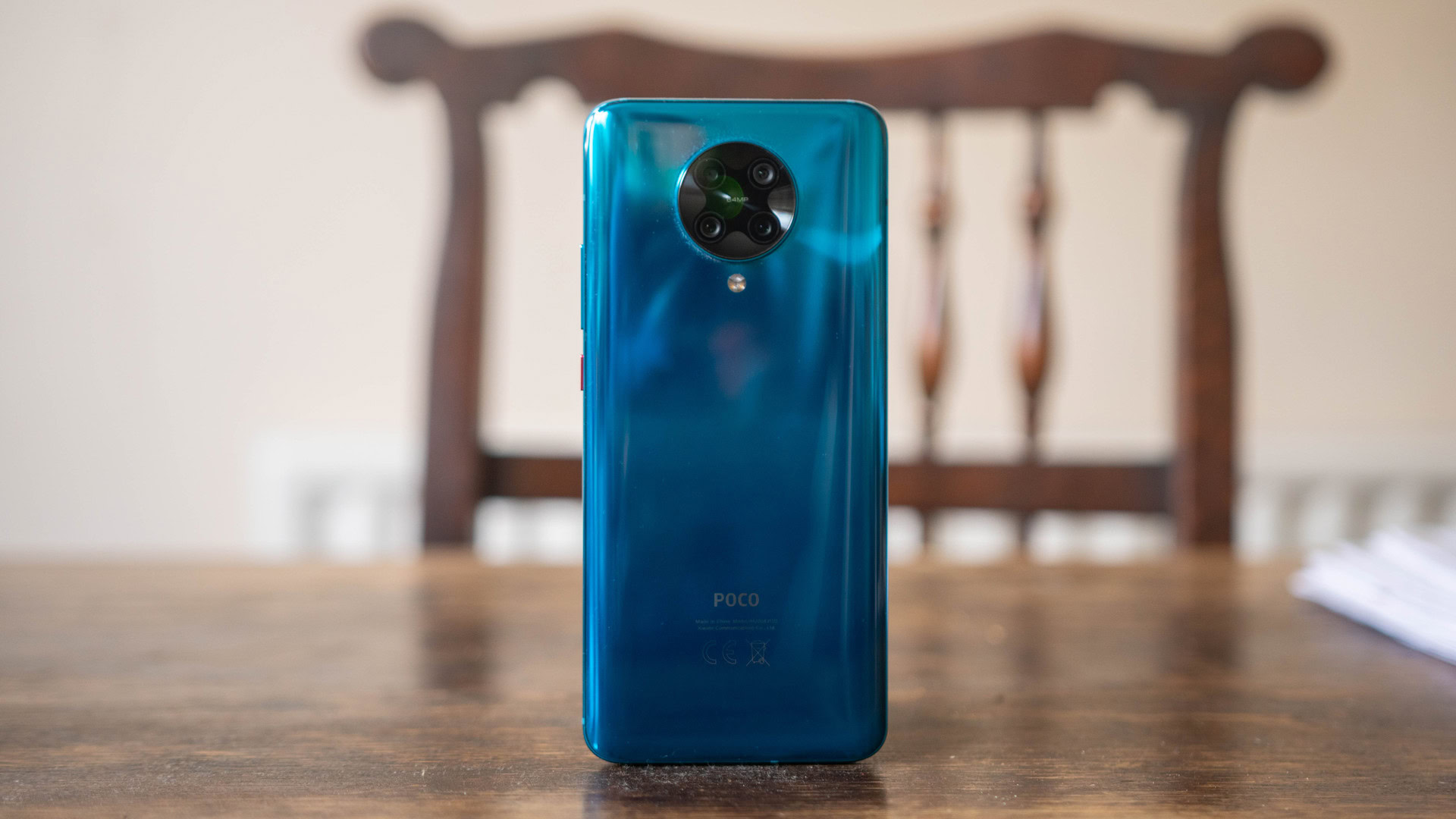
Speaking of Xiaomi, what about its sub-brands? Both Redmi and POCO have been vying for the attention of savvy smartphone buyers since splintering off from Xiaomi, but POCO would appear to be the more likely OnePlus rival of the two.
Redmi’s China and India-first focus, omission of top-tier silicon, and budget branding means it doesn’t have that same aura as OnePlus. The retooled POCO, however, is still in flux and could put up a challenge.
POCO 2.0 is still finding its feet, but could put up a challenge.
The POCO F2 Pro (while technically a Redmi phone), sees POCO 2.0 stray outside of China and India for the first time since its rebirth and it ticks some boxes that lapsed OnePlus buyers may find attractive, mostly in the specs and price departments. It also misses some crucial ones, however — MIUI and those pesky ads will be an understandable deal-breaker for many. Meanwhile, the recent price snafu suggests POCO is more interested in bolstering its bottom line out of the gates than slowly fostering a dedicated user-base built on goodwill.
POCO is still finding its feet though and it’ll be fascinating to see what a true post-Xiaomi/Redmi POCO phone looks like when the inevitable POCO F3 Pro arrives.
Realme
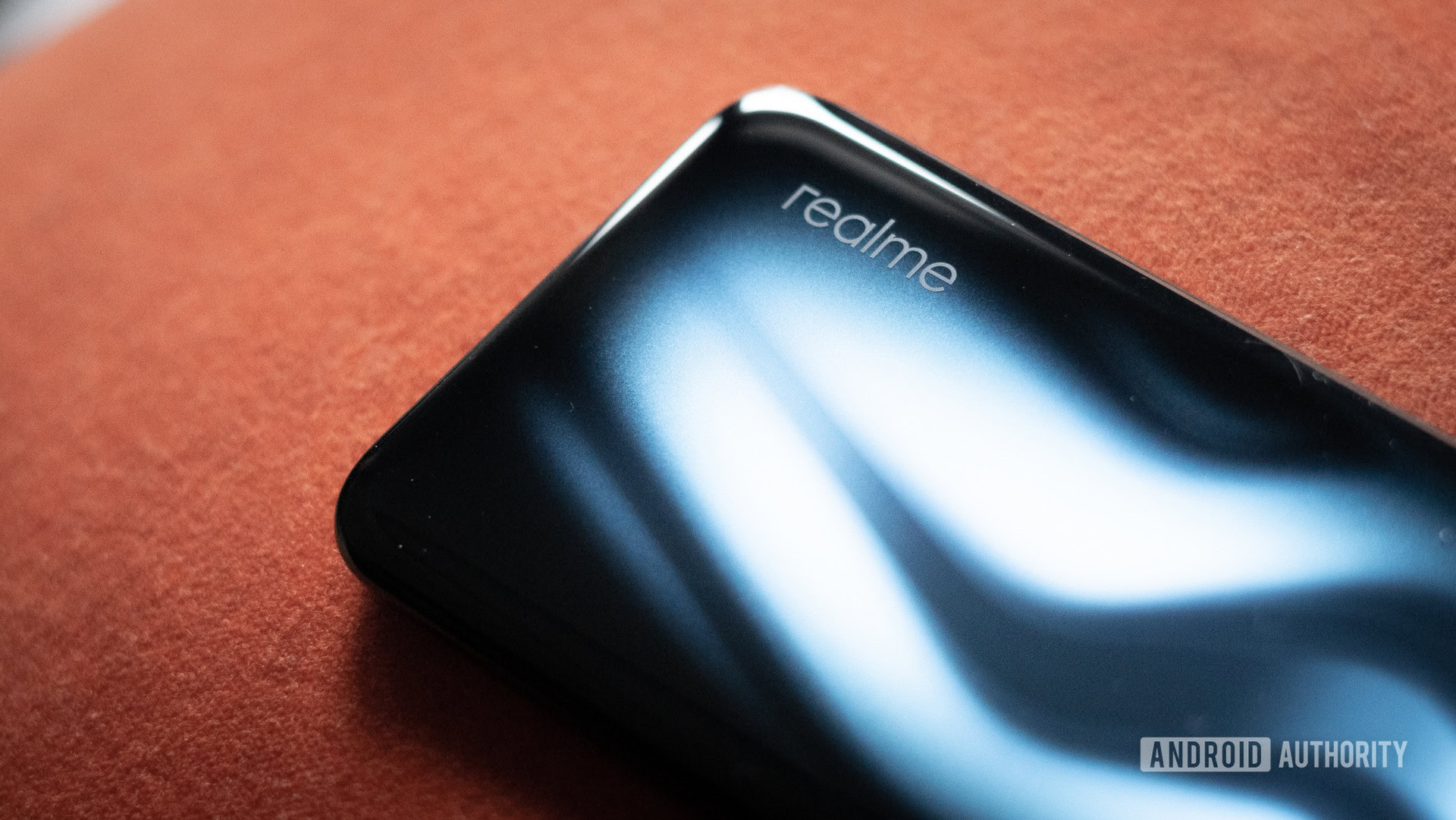
The brand that won’t stop releasing new phones seemingly every month, realme has swiftly established itself as the hottest new export coming out of China. When you’re releasing phones as great as the realme X2 Pro and realme X50 Pro, it’s hard to argue that its rapid growth isn’t wholly earned.
If you ignore realme’s confusing armada of budget phones and only focus on the X series, the hallmarks of early OnePlus start to shine through; incredible price-performance ratios, cutting-edge features that match and sometimes surpass phones twice the price, simple yet appealing designs, and a custom UI that’s slowly beginning to shrug off its bloat-ridden origins as a ColorOS spin-off.
Does BBK see realme as a replacement for OnePlus as its favorite son graduates to the big leagues? Possibly, but you only need to look at its ultra-cheap smartwatches and fitness bands to see that realme is already trying to fill the gap Xiaomi has left behind as it embarks on its own journey up the price ladder.
LG
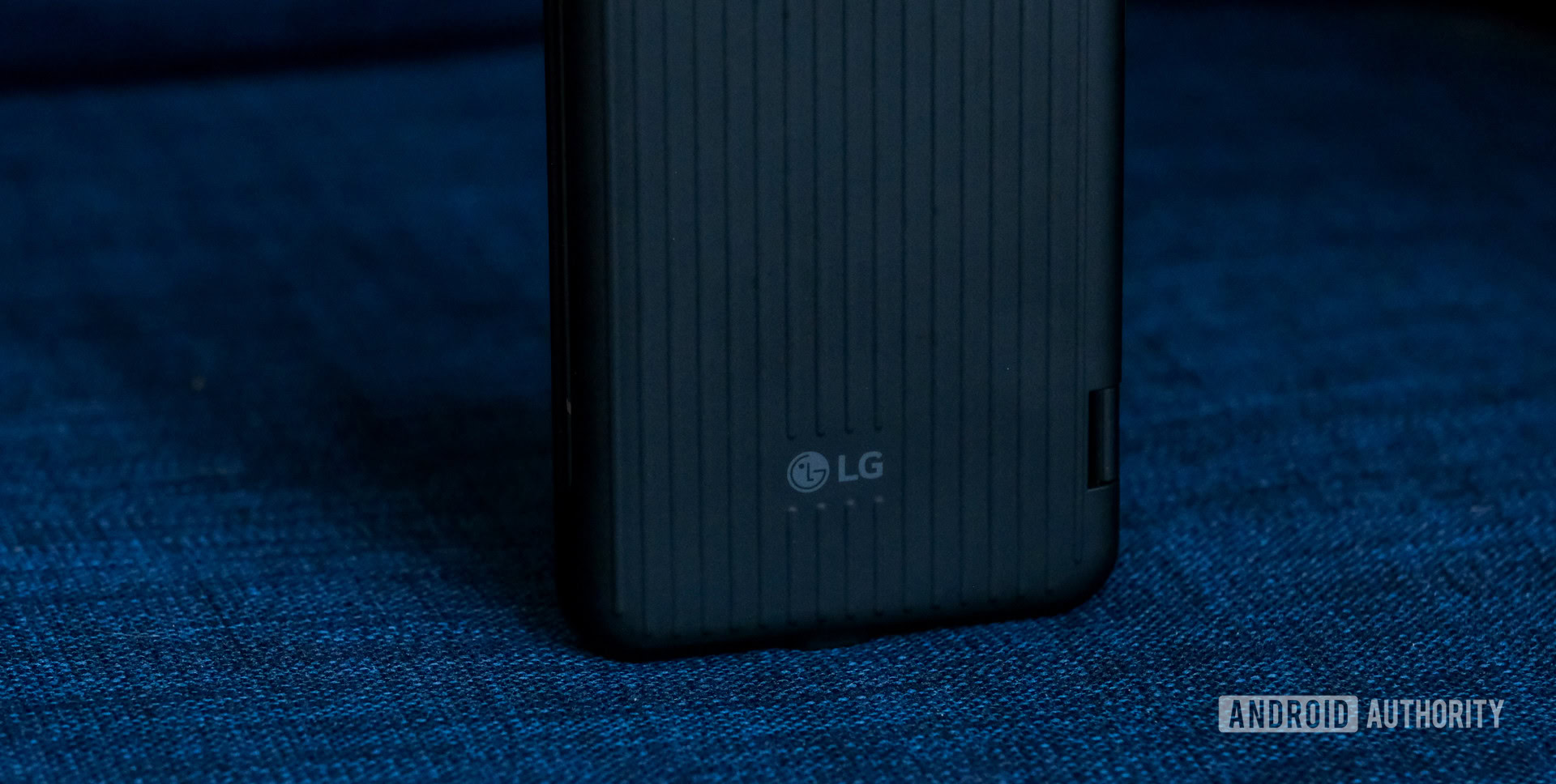
As OnePlus has risen, LG has fallen. The venerable staple of the smartphone space has been wallowing in record low revenues for years, watching on in horror as its local competitor, Samsung, stole its user base from under its nose.
The times they are a-changin’ though. After making endless noise about strategic changes and turnarounds, the LG Velvet is a legitimate change of pace from the South Korean firm. The sumptuous design belies what’s expected to be a modest asking price when it hits the US and other markets. This isn’t a new trend either, as LG had already begun cutting ticket prices with more recent G series entries — the same phones that the Velvet is set to replace.
Related: RIP LG G series: Waving goodbye to a true innovator
The biggest mark against the Velvet as a OnePlus 8 alternative is the processor. A marquee OnePlus phone without Qualcomm’s top silicon remains an unthinkable prospect, but the Velvet ditches the reportedly mega-expensive Snapdragon 865 for the mid-range Snapdragon 765.
Early leaks suggest the global model will opt instead for the upgraded Snapdragon 765G, however. Couple this with the diminishing returns we’re seeing in the SoC field at the top end, some OnePlus buyers may start to stomach a trade-off in raw power for some spare change in their pockets.
There are some obvious roadblocks. LG as a wider company is a much bigger beast than OnePlus and won’t ever provide the same level of attention to users. In addition, its UX skin is no OxygenOS, and it has next to zero presence in India. Nevertheless, LG is taking the right steps towards filling a gap left in the market for fashionable, affordable phones.
Asus
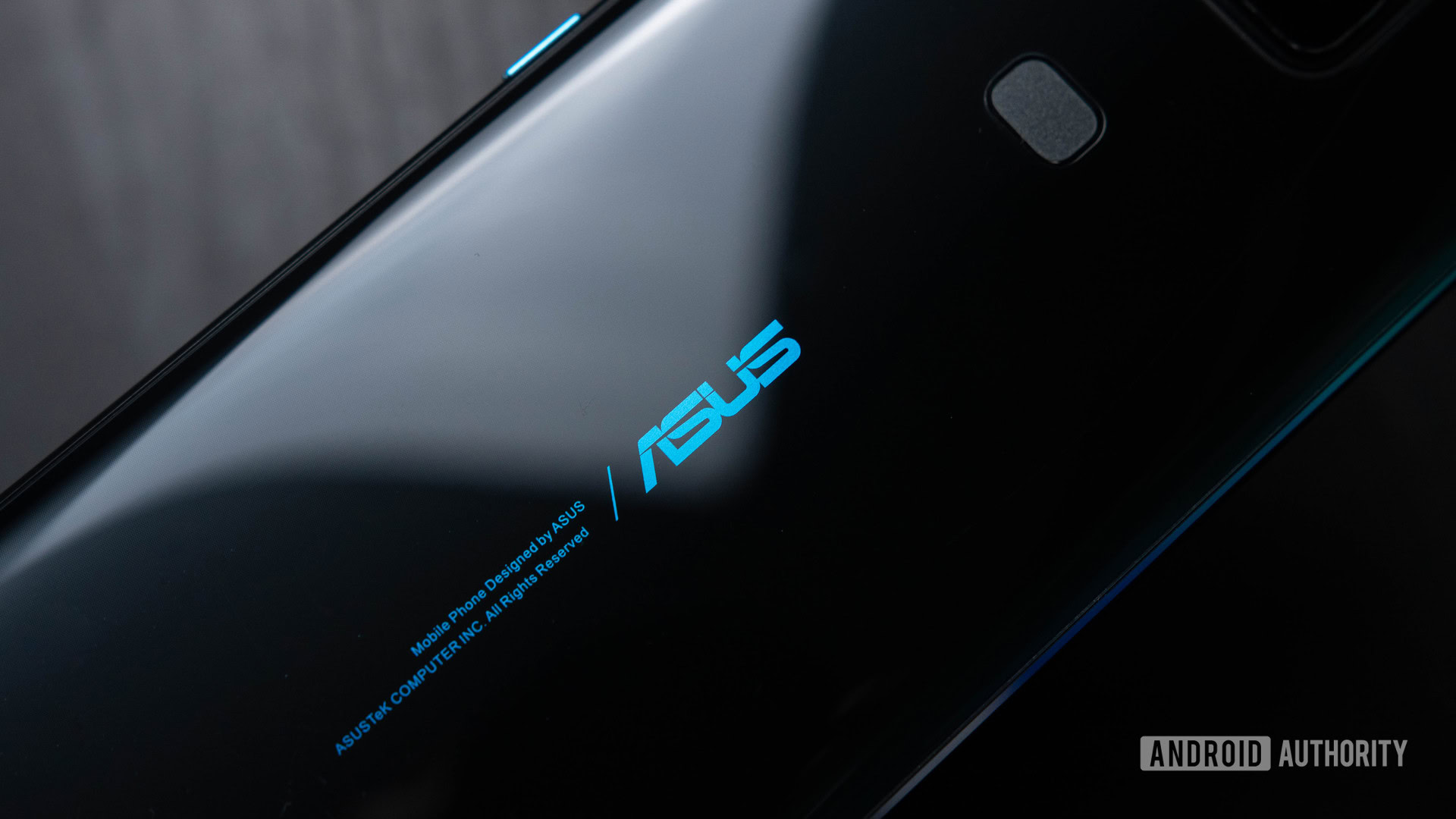
ASUS had a brilliant 2019, releasing not only the best gaming phone to date, but also revitalizing its core series with the Zenfone 6 — a criminally underrated phone with a unique mechanized camera, near-stock software, impressive performance, and an unreasonably low price. We called it an “absolute steal” in our review, and it absolutely was.
Ironically, the Zenfone 6 also bore many of the same issues that have plagued OnePlus phones. Iffy image processing? Check. No water resistance? Check. No wireless charging? Check.
ASUS also cut a few corners with the display, but none of that stopped the Zenfone 6 from garnering a niche following, not unlike the very early days of OnePlus. The Taiwanese firm may be a PC-first brand, but if the Zenfone 7 can build on the Zenfone 6 and ASUS can get its act together with timely updates, then it could make a decent stab at filling OnePlus’ shoes.
HTC
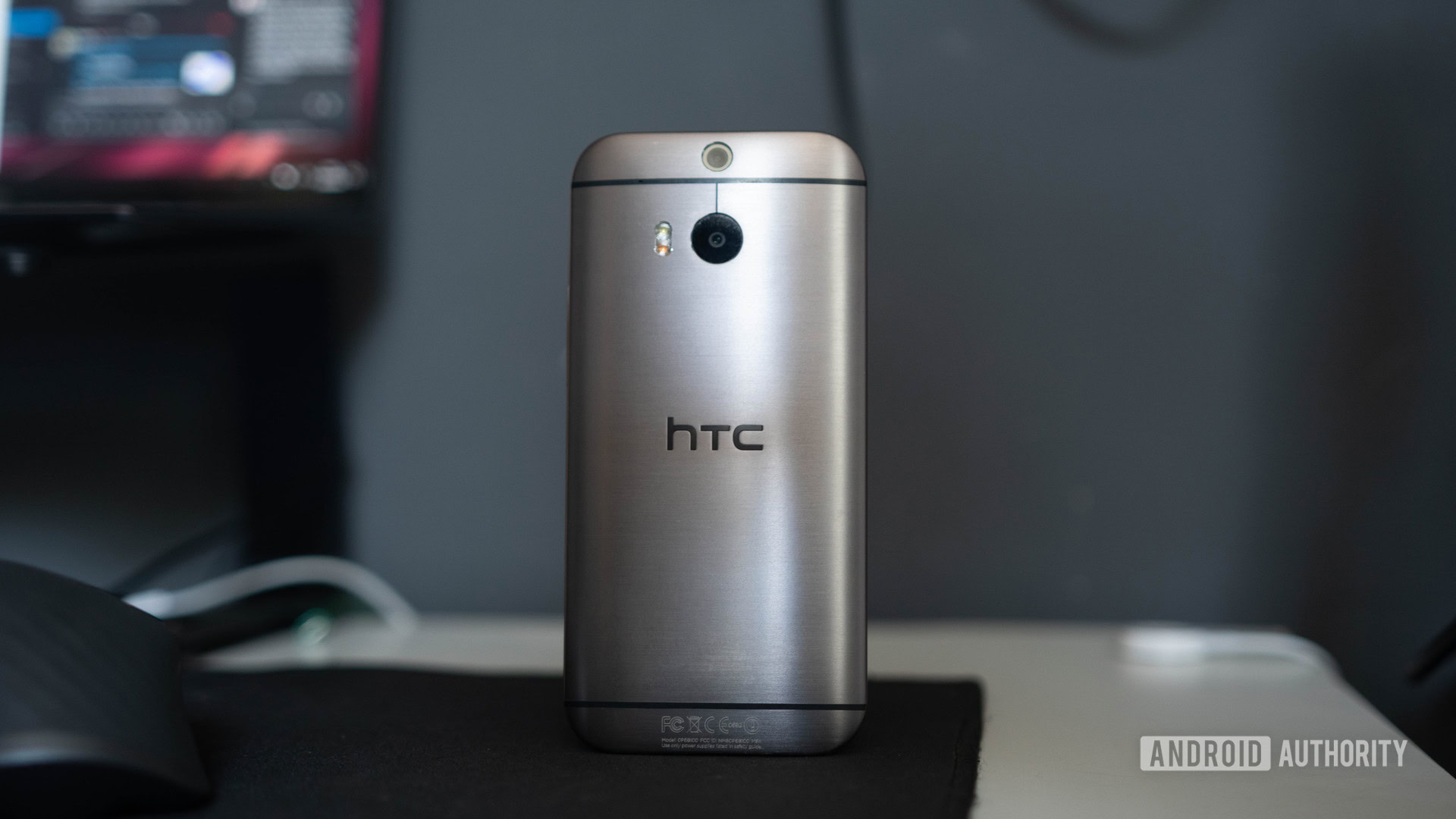
You want a wild card? We’ve been hoping and wishing that HTCwould “pull a OnePlus” for some time now. Its blinkered strategy of pumping out overpriced, underbaked flagships put the former Android giant on life support and it’s barely still kicking today.
HTC has something no other OEM on this list has, though: the cool factor. There was once a time when HTC’s phones, most notably the HTCOne family, were seen as the most stylish devices on store shelves, more so even than Apple’s ever-elegant iPhones.
It's a long shot, but lapsed fans might consider giving HTCa second chance if the device and the price is right.
A lot of (possibly irrevocable) damage has been done to the HTCbrand since then, but that could all change with a single killer phone that undercuts the competition, OnePlus-style. The rumor mill is already spinning about a possible 5G-enabled phone in 2020 — could it be the one to restore HTCto its former glory?
The odds are slim, but those with fond memories of the HTCOne M7 and One M8 — easily two of the most iconic and outright best phones of the last decade — may consider giving HTCa second chance if the device and the price is right.
Or could the new OnePlus be… OnePlus?

Oh, right. The OnePlus Z!
OnePlus’ co-founder and CEO Pete Lau recently hinted at a return to its “flagship killer” roots, noting that there’s still a desire for cheaper OnePlus phones.
If you cut through the PR babble, Lau’s statements tee up OnePlus’ expected strategy moving forward: a core flagship series for the premium crowd and a more affordable alternative for the bargain hunters.
Related: Budget iPhones and premium OnePlus phones: Where do we go from here?
The long-rumored OnePlus Z is expected to act as a counterpoint to the OnePlus 8 series, not to mention the likely OnePlus 8T in the not too distant future. CAD renders certainly suggest it’ll look every bit like a top-tier OnePlus phone, but it’s the specs where things get interesting.
While there have been some conflicting rumors, the latest reports have hinted that OnePlus is eying the same SoC as the LG Velvet and, apparently, the Google Pixel 5 — the Snapdragon 765G.
OnePlus' reputation as the most prestigious affordable phone maker rests on the OnePlus Z.
There are still pieces missing from the OnePlus Z puzzle (notably the price), but a picture is starting form of a phone that sits somewhere between flagship killer and a true budget phone like the OnePlus X of old.
Will that be enough to satisfy the OnePlus faithful who don’t want to stretch to $700 and beyond? Time will tell, but until then, and in spite of some fierce competition, OnePlus’ reputation as the most prestigious affordable phone maker is still in its own hands.
Who do you think is the biggest threat to OnePlus? Let us know in the poll below and hit the comments to tell us any other brands you think might have a chance.
Who is the next OnePlus?
Thank you for being part of our community. Read our Comment Policy before posting.